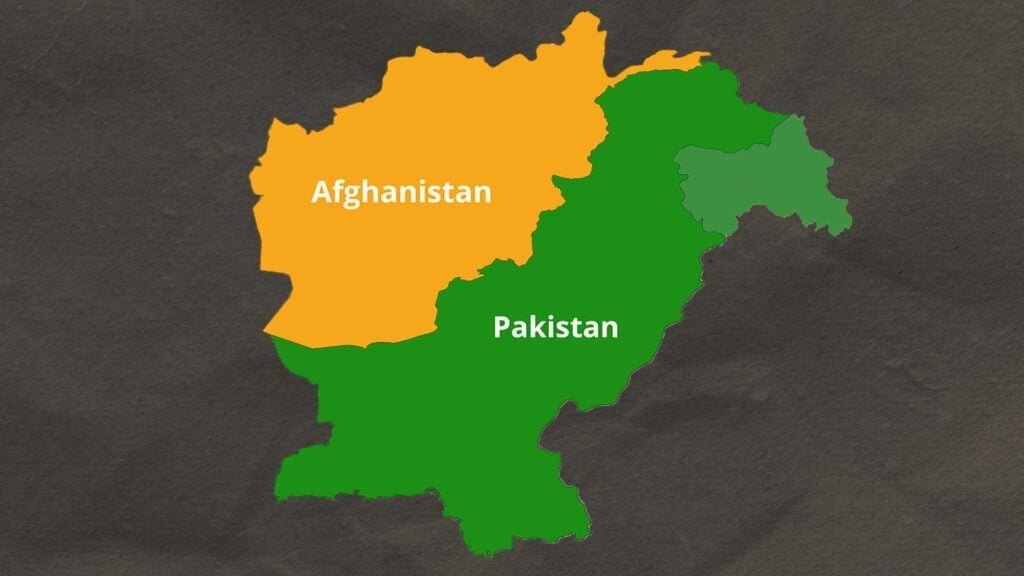Dr Arsalan Amjad
In the midst of a year marked by a surge in elections worldwide, a common thread has been the notable rise of far-right populism, often characterized by anti-immigrant rhetoric and policies. This trend has led to the cultivation of hostile sentiments toward immigrants and those seeking asylum. Prior to the EU vote, far-right parties gained significant momentum, with anti-immigrant platforms taking the lead in countries such as France and Germany.
The driving force behind this shift lies in the populist rhetoric that frames immigrants as threats to national identity and security. This narrative only serves to further stoke public fears amid growing economic instability. A recent manifestation of this phenomenon was the eruption of Islamophobia-driven unrest in the UK, clearly illustrating the divisive impact of such political discourse.
As climate-related disasters increasingly become a primary driver of migration, the implications for the future of global migration and refugee crises are profound. Slow-onset events such as droughts, rising temperatures and sea levels, as well as sudden disasters like glacial lake outburst floods, along with the associated costs of loss and damage, are poised to contribute to what may be the largest exodus of displaced people in the years to come.
These stressors particularly impact agrarian societies like Pakistan, exacerbating food insecurity and jeopardizing community livelihoods, ultimately resulting in migrations to urban centers and potentially beyond national borders.
The current landscape already bears witness to climate-driven migrations occurring in high-risk regions across the globe, compelling the world’s most vulnerable populations to flee their homes due to the disproportionate impact of the climate crisis, largely perpetuated by the actions of the Global North.
However, the concept of developing legal and secure immigration pathways for climate migrants often clashes with the prevailing populist sentiment. Instead, the current political climate often emphasizes the reinforcement of already heavily militarized borders, the pursuit of more stringent anti-immigrant legislation, and the portrayal of those seeking a better life as a threat to the economy, livelihoods, and broader society.
Between 2013 and 2018, the seven largest greenhouse gas emitters cumulatively spent a staggering $33 billion on border and immigration enforcement – twice the amount they allocated to climate finance for disasters in the Global South.
While the Intergovernmental Panel on Climate Change was the first entity to establish the nexus between climate and migration, its efforts faced substantial resistance from countries worried about the potential encouragement of illegal immigration. It took a decade of dialogue for climate-driven migration to finally be acknowledged within the United Nations Framework Convention on Climate Change. Prior to the emergence of agreements related to loss and damage and adaptation, the plight of migrants remained largely invisible on the agenda. It wasn’t until COP21 that the Task Force on Displacement was eventually established. Despite this progress, a challenging and protracted journey lies ahead.
A significant obstacle lies in the absence of a clearly defined and legally binding definition of what constitutes a climate migrant. Existing frameworks such as the 1951 Refugee Convention and the 1967 addendum pertaining to the status of refugees fail to encompass these individuals, leaving them without the eligible and legal grounds for protection. The far-right has already delineated boundaries around the categorization of deserving refugees and migrants, further fostering uncertainty regarding climate migrants. Our colonial histories, multinational fossil fuel corporations, anti-immigrant rhetoric, and fortified border security measures are tools employed by the Global North to erect barriers against future migrants and refugees.
Historical patterns suggest that the Western world may be hesitant to address forced migrations. Examples such as the harsh treatment of asylum seekers confined to Australia’s Christmas Island detention center or the hardships faced by Syrian and Palestinian refugees attempting to flee to Greece in dire conditions illustrate a broader anti-immigrant trend. The lives lost in these scenarios become mere statistics within a larger pattern of anti-immigrant sentiment.
While mass migration is not a new phenomenon in the Subcontinent, future migration patterns will undoubtedly be shaped by the changing climate. In South Asia, internal displacement is anticipated to be the predominant form of migration. According to the Global Report on Internal Displacement, as of 2022, South Asia recorded a total of 12.6 million disaster-triggered internal displacements, with 90% of those being caused by floods. Pakistan, in particular, has witnessed a substantial number of internal displacements as a result of disasters, including a record 8.2 million movements primarily due to the 2022 floods.
Addressing climate-induced displacement demands concerted efforts to mobilize climate finance for local adaptation measures relative to mitigation, ensuring the protection of frontline communities and averting forced migration. Governments must utilize climate financing to support locally driven adaptation endeavors, invest in climate-resilient infrastructure, enhance disaster warning systems, and meet mitigation targets to mitigate future catastrophes.
Given the ambiguity surrounding the status of climate migrants, the formulation of a comprehensive and legally binding definition is imperative. Instead of fortifying borders and perpetuating anti-immigrant narratives, the West bears a moral responsibility to aid victims of climate injustices. Some countries are now considering the introduction of climate visas to facilitate migration and residency for those displaced by climate change. The consequences of climate change are a transboundary and national security issue that demands regional cooperation, information sharing, and policies that uphold safe and legal immigration pathways for those most vulnerable to disasters.















